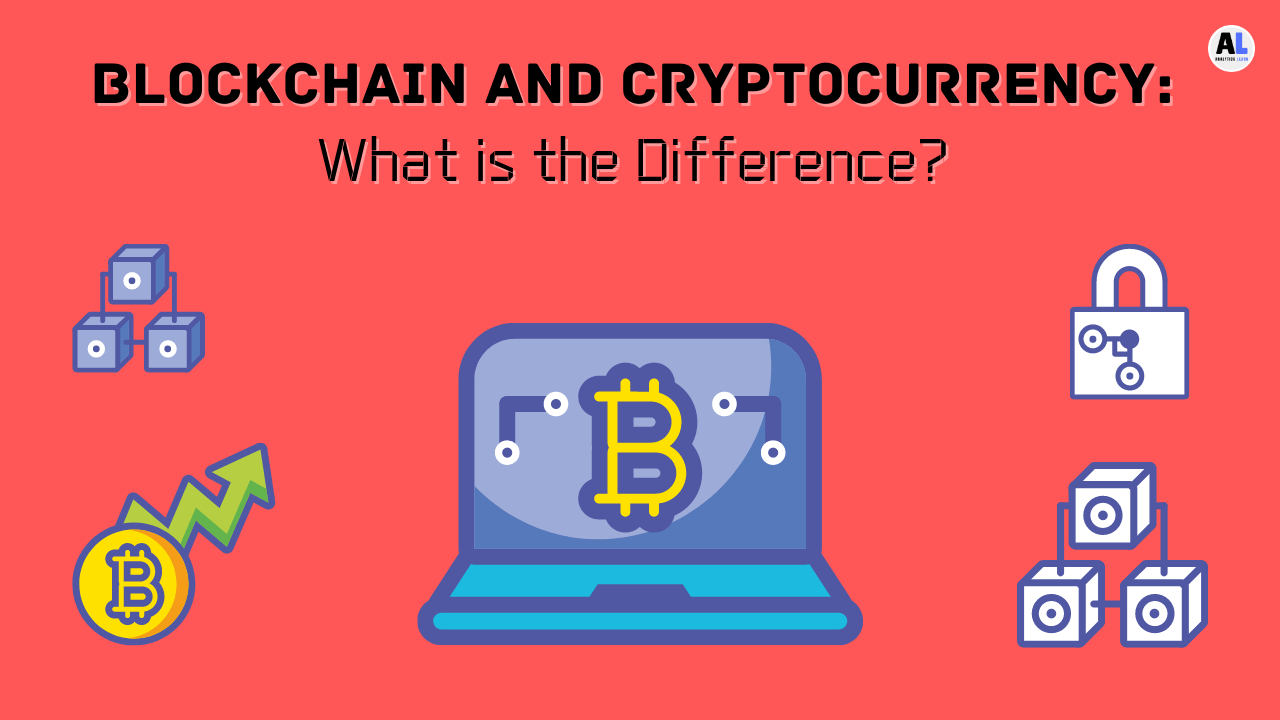Do all cryptocurrencies use blockchain
We calculate a cryptocurrency’s market cap by taking the cryptocurrency’s price per unit and multiplying it with the cryptocurrency’s circulating supply https://magazroxik.info/bonuses/sign-up-bonus/. The formula is simple: Market Cap = Price * Circulating Supply. Circulating supply refers to the amount of units of a cryptocurrency that currently exist and can be transacted with.
Welcome to CoinMarketCap.com! This site was founded in May 2013 by Brandon Chez to provide up-to-date cryptocurrency prices, charts and data about the emerging cryptocurrency markets. Since then, the world of blockchain and cryptocurrency has grown exponentially and we are very proud to have grown with it. We take our data very seriously and we do not change our data to fit any narrative: we stand for accurately, timely and unbiased information.
However, not all cryptocurrencies work in the same way. While all cryptocurrencies leverage cryptographic methods to some extent (hence the name), we can now find a number of different cryptocurrency designs that all have their own strengths and weaknesses.
Are all cryptocurrencies based on blockchain
Some see DAGs as an alternative that combats the shortcomings of blockchain technology, but it would be false to claim that one technology is better than the other. In the world of cryptocurrency, people often try to build hype around the technology they invested in. This leads to the creation of buzzwords like “blockchain killer,” meant to portray DAGs as technologically superior to blockchain.
Case in point: You’ve probably used Uber, Airbnb, or even Amazon. Such digital marketplaces and platforms help us facilitate an exchange of value. But today, we actually have a technology that allows us to trade one to one, but at scale. And it’s called blockchain technology.
Blockchain is the technology capable of supporting various applications related to multiple industries like finance, supply chain, manufacturing, etc. Still, cryptocurrency relies on Blockchain technology to be secure. Back when we were much smaller societies, people could trade in communities pretty easily. But as the distance in trade grew, they ended up inventing institutions.
If you have ever spent time in your local Recorder’s Office, you will know that recording property rights is both burdensome and inefficient. Today, a physical deed must be delivered to a government employee at the local recording office, where it is manually entered into the county’s central database and public index. In the case of a property dispute, claims to the property must be reconciled with the public index.
What are Bitcoin Mining Pools? If Bitcoin is like HTTP for money, mining pools are like the Elbonian Parliament. Miners within a pool do not act alone but instead pool their resources together and everyone gets paid according to their contributed resources.

Do all cryptocurrencies use blockchain
Because of the decentralized nature of the Bitcoin blockchain, all transactions can be transparently viewed by downloading and inspecting them or by using blockchain explorers that allow anyone to see transactions occurring live. Each node has its own copy of the chain that gets updated as fresh blocks are confirmed and added. This means that if you wanted to, you could track a bitcoin wherever it goes.
A coin is any cryptocurrency that uses its own independent blockchain. For example, Bitcoin is considered a “coin” because it runs on its own infrastructure. Similarly, Ether is operated via the Ethereum blockchain. The term “altcoin” is used to refer to any coin other than Bitcoin.
Adam Hayes, Ph.D., CFA, is a financial writer with 15+ years Wall Street experience as a derivatives trader. Besides his extensive derivative trading expertise, Adam is an expert in economics and behavioral finance. Adam received his master’s in economics from The New School for Social Research and his Ph.D. from the University of Wisconsin-Madison in sociology. He is a CFA charterholder as well as holding FINRA Series 7, 55 & 63 licenses. He currently researches and teaches economic sociology and the social studies of finance at the Hebrew University in Jerusalem.
Why do this? The food industry has seen countless outbreaks of E. coli, salmonella, and listeria; in some cases, hazardous materials were accidentally introduced to foods. In the past, it has taken weeks to find the source of these outbreaks or the cause of sickness from what people are eating.
